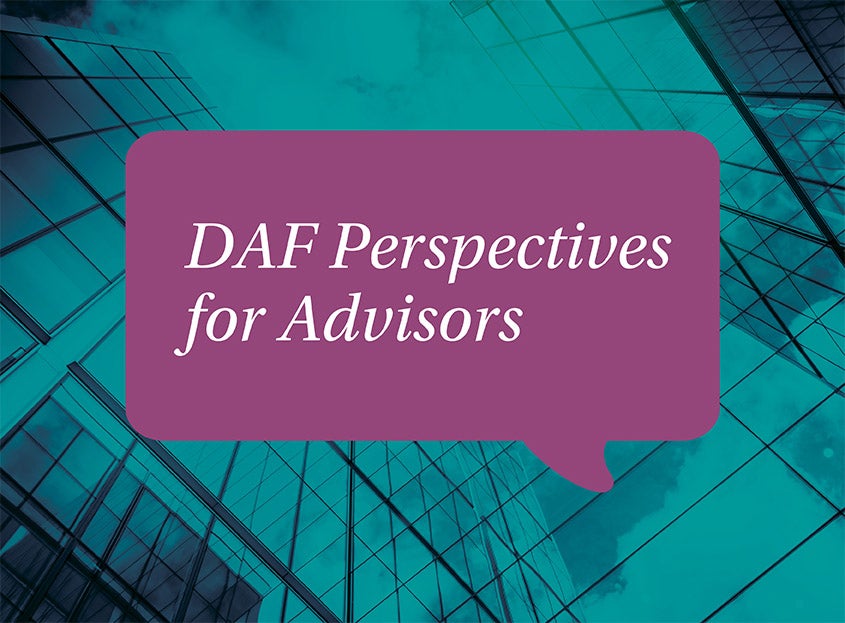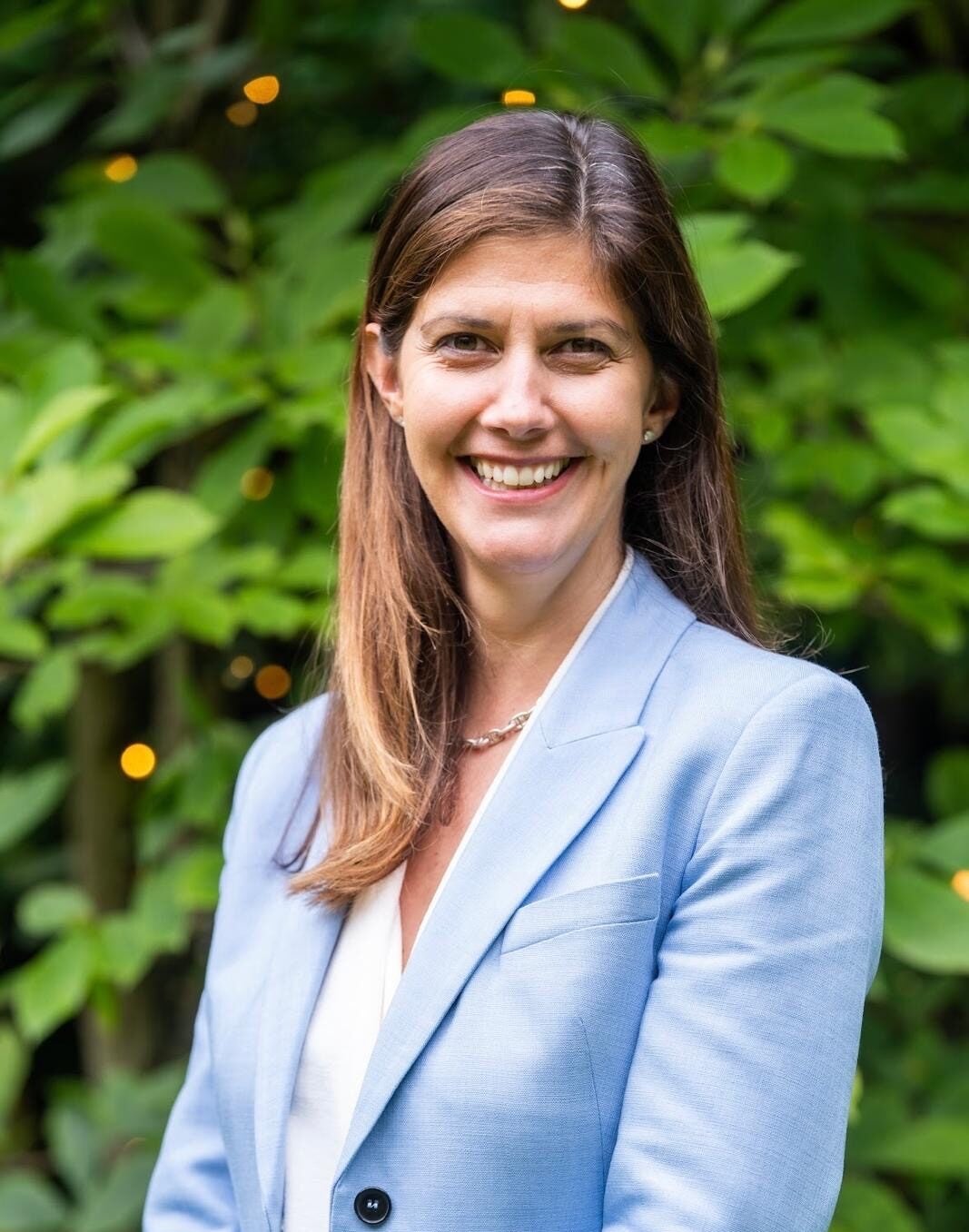Help Your Clients Make Philanthropy A Family Affair

Private client advisors know that successful families often give considerable thought to how they will pass along their wealth and their businesses to the next generation. This includes how to pass on family values, which are an intrinsic part of what made a family successful in the first place. For many, a family giving initiative is central to expressing the family’s unique approach to community engagement, giving back and helping others.
For your clients and their families, the giving journey may start early. Before the next generation is old enough to become meaningfully involved in family giving decisions, many children may be growing up with their very own “giving jar” (along with a “saving jar” and a “spending jar”). When the time comes to empty the now-full jar, children can identify charities or people who will receive the jar’s contents—offering their first practical experience of giving. As children become teenagers or young adults, your clients may want to formally involve them in the family’s giving strategy by allowing them to control some decisions over how the family’s philanthropic capital is spent. Grown-up children often set up philanthropic structures of their own to pursue other philanthropic interests.
As advisors, your role in helping clients develop a philanthropic initiative for their family could be significant. It could also be good for your business as you get to know your clients—and their children—better. Here are some of the ways you can help:
- Encourage families to develop a giving strategy. Your clients may wish to develop a family mission statement based on their family values which articulates what change they wish to affect through philanthropy. No matter how broad their philanthropic goals might be, encourage your clients to think about how they want to get involved as a family and what resources they wish to commit. This will play a critical role in keeping the family focused on their giving goals.
- Help choose the right giving vehicle. Most families will choose between setting up a private charitable trust or foundation, or setting up a donor-advised fund (DAF) to manage their giving. A DAF offers one solution which many global philanthropic families are increasingly choosing. Families often choose DAFs because of their flexibility and low maintenance requirements. Whereas a donor must handle the day-to-day operations of the private foundation (including regulatory reporting and charity recipient due diligence), they may instead set up a DAF nearly immediately—and all compliance and reporting will be handled by the DAF sponsor. Remember that the best option for one client might not be same for another client—it will depend on a number of factors, including the amount of time the family has to devote to philanthropy, and how public they want their giving to be.
- Help your clients set up a succession plan. Whether your clients have a private foundation or a DAF, talking about their family’s legacy is important. Are there family members who would like to take a leadership role in the future? Will family descendants continue with the same mission or pursue other causes? With a DAF, your clients can name multiple successor advisors to be designated as primary advisors on new DAF accounts funded with the charitable assets from the original DAF. Many families chose to set up multiple DAFs for different family members during their lifetime too.
If you would like to discuss how NPT UK can help your clients manage their family philanthropy, please contact us at enquiries@www.nptuk.org.
NPT UK does not provide legal or tax advice. This blog post is for informational purposes only and is not intended to be, and shall not be relied upon as, legal or tax advice. The applicability of information contained here may vary depending on individual circumstances.
To download a PDF of this blog post, click below:


